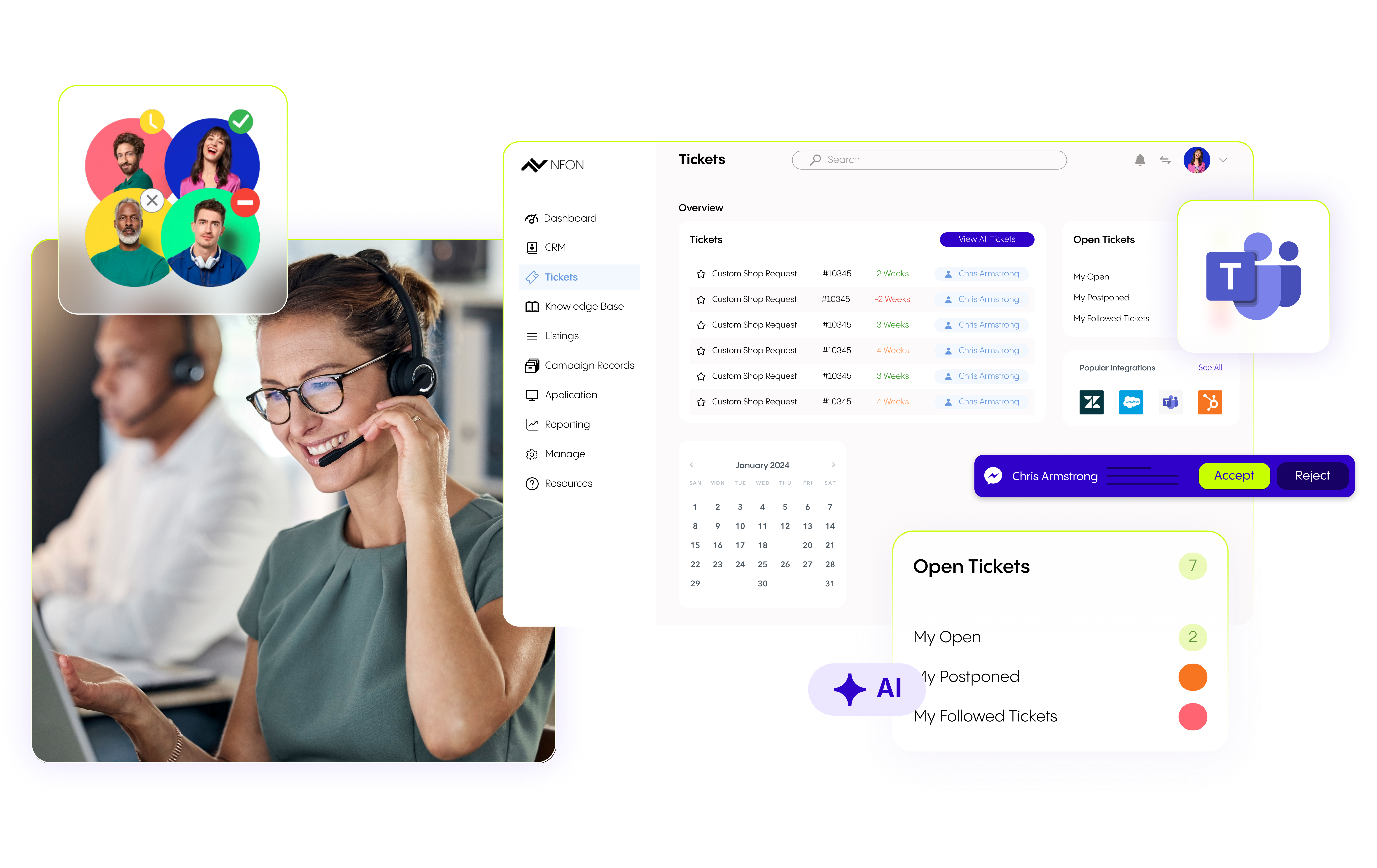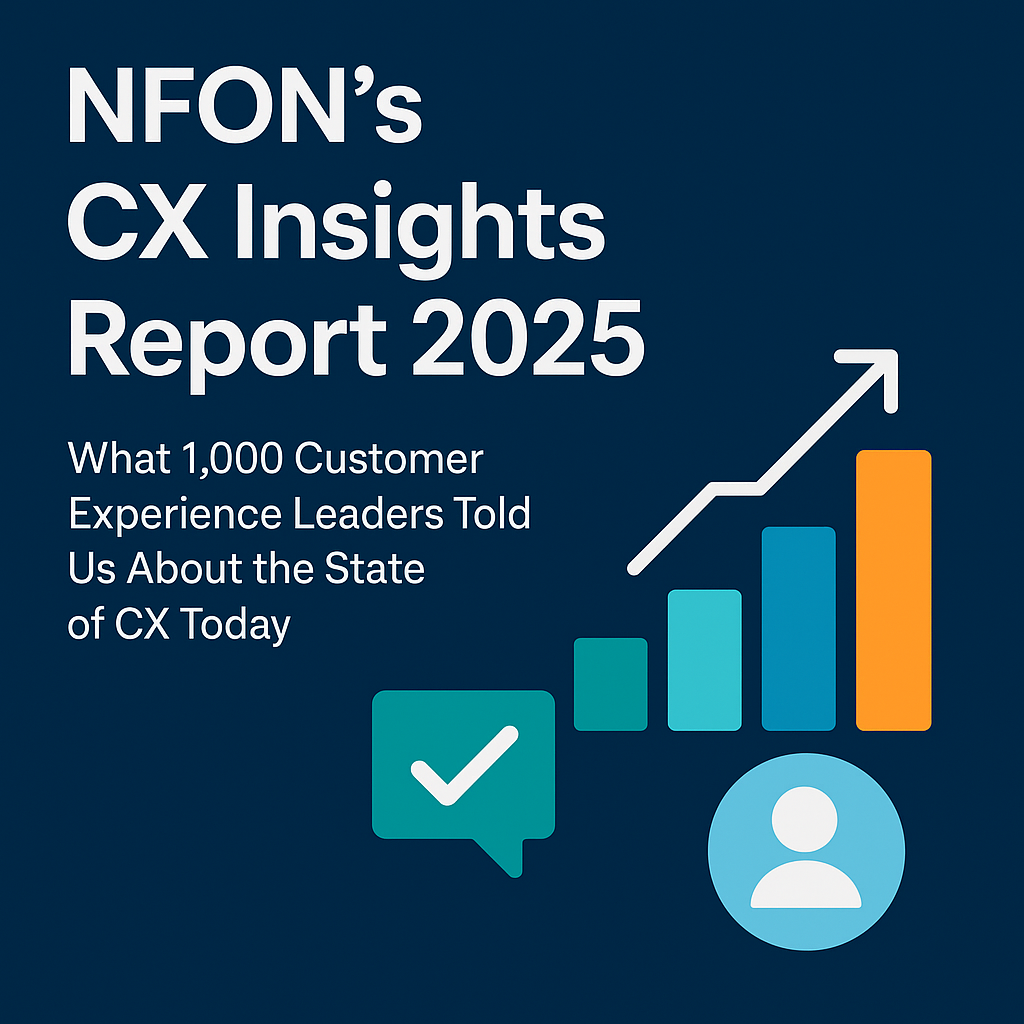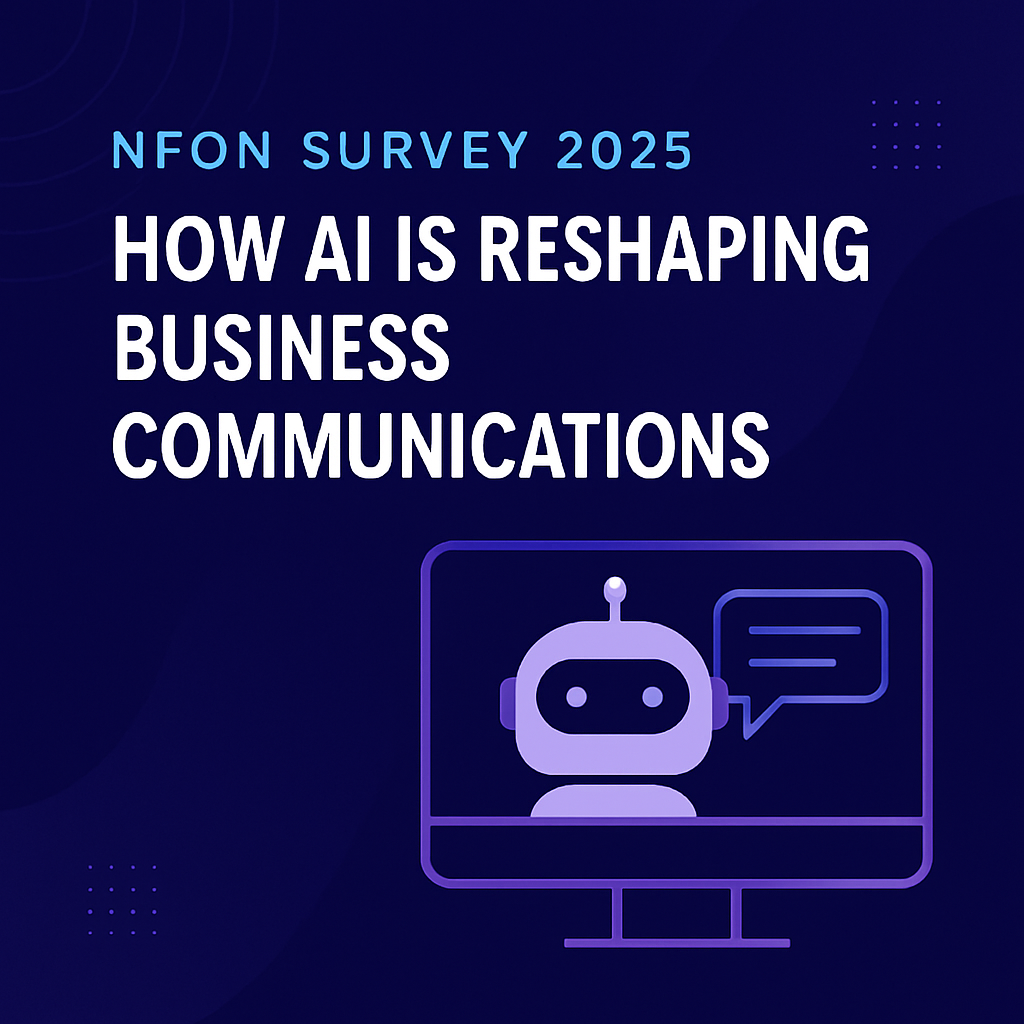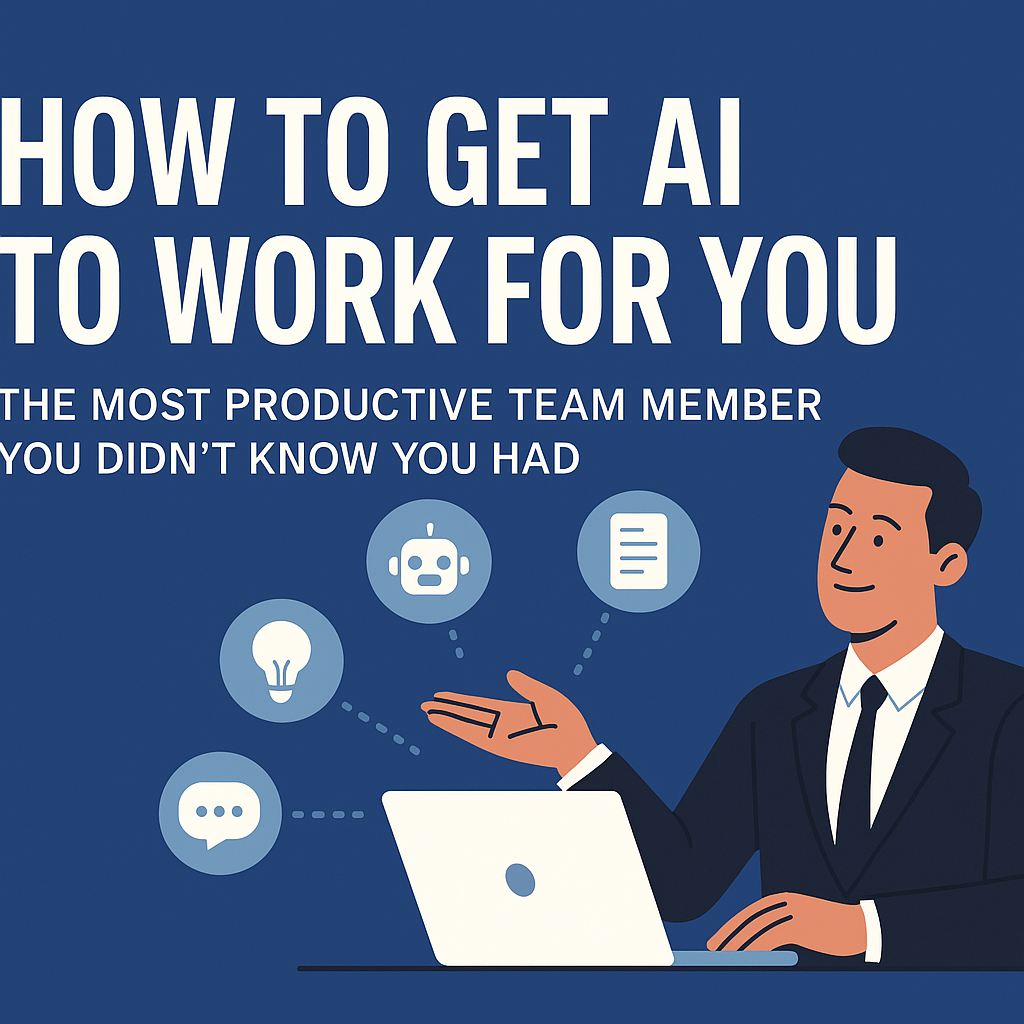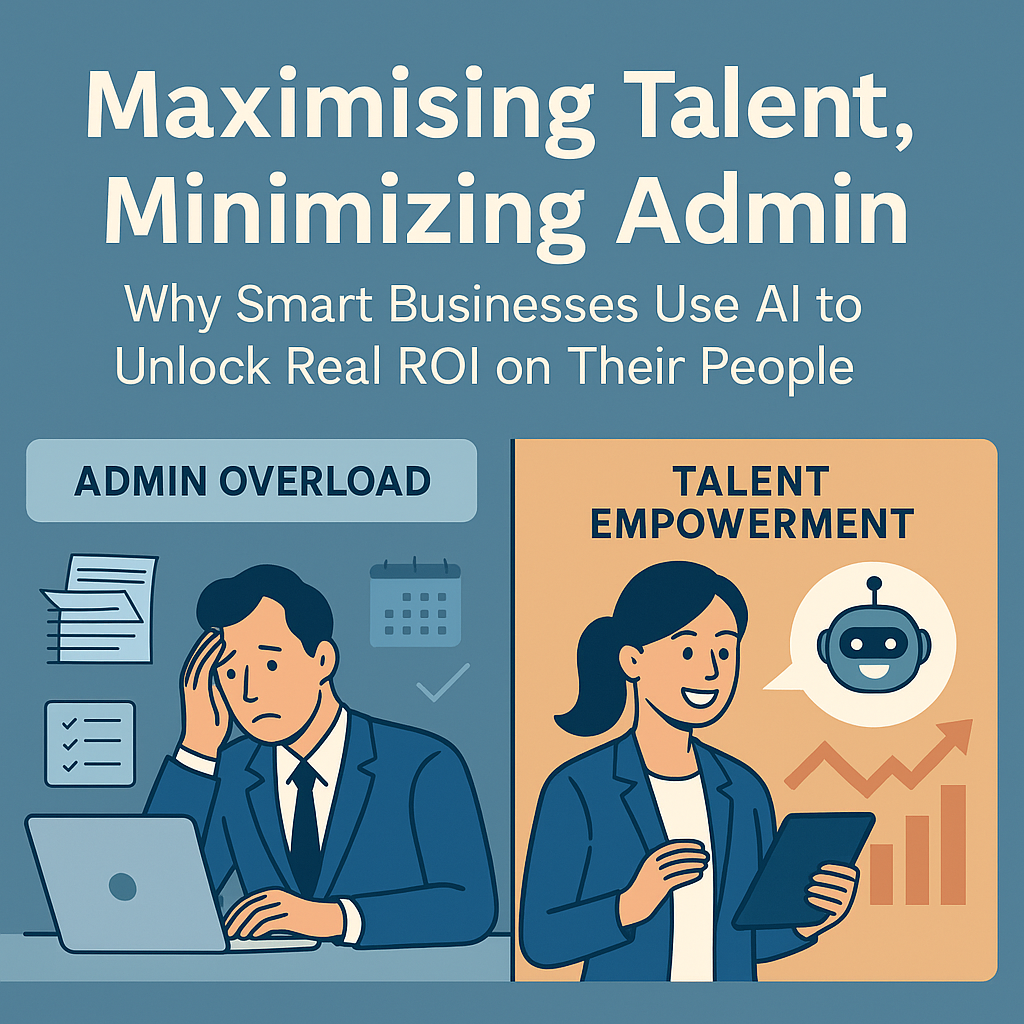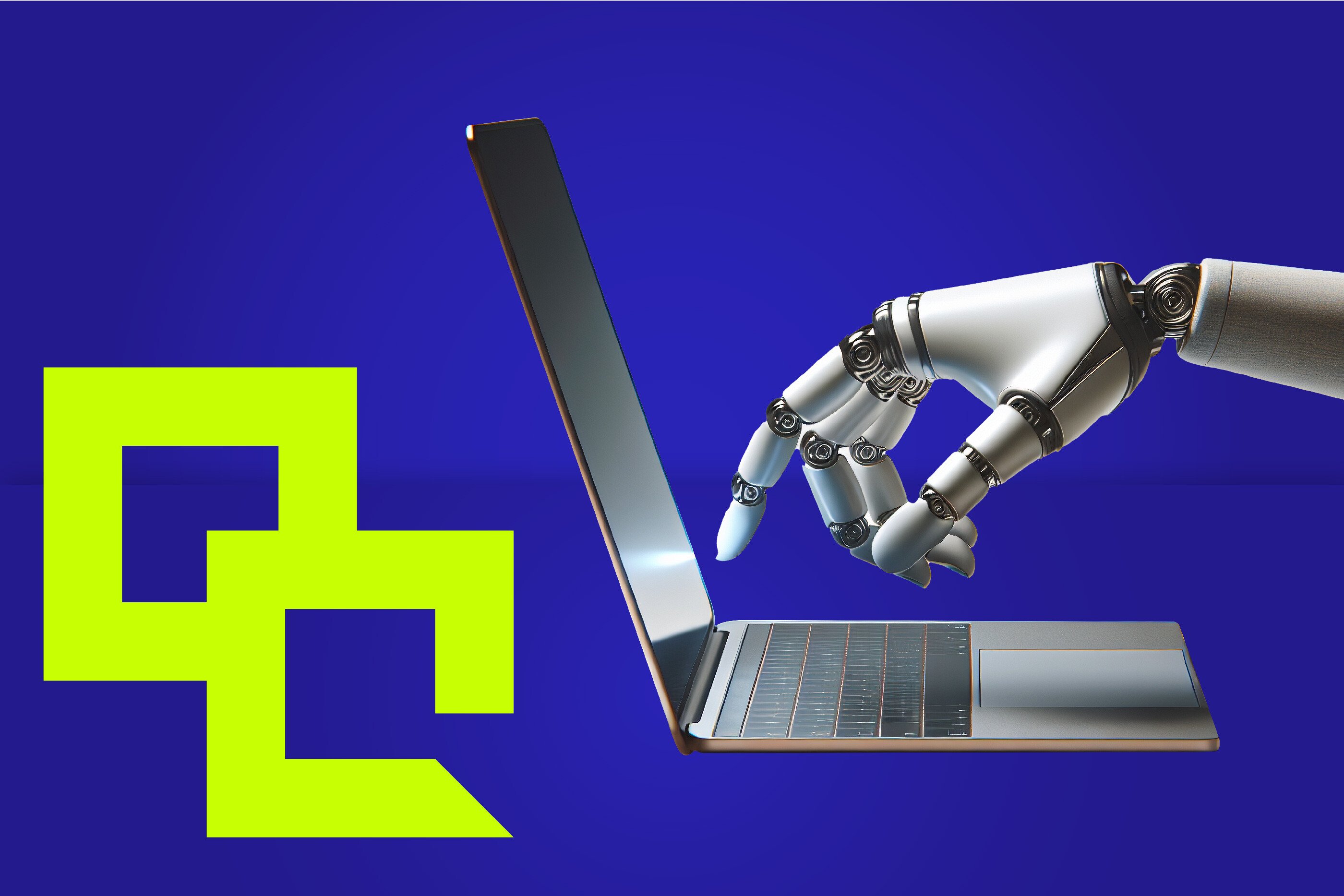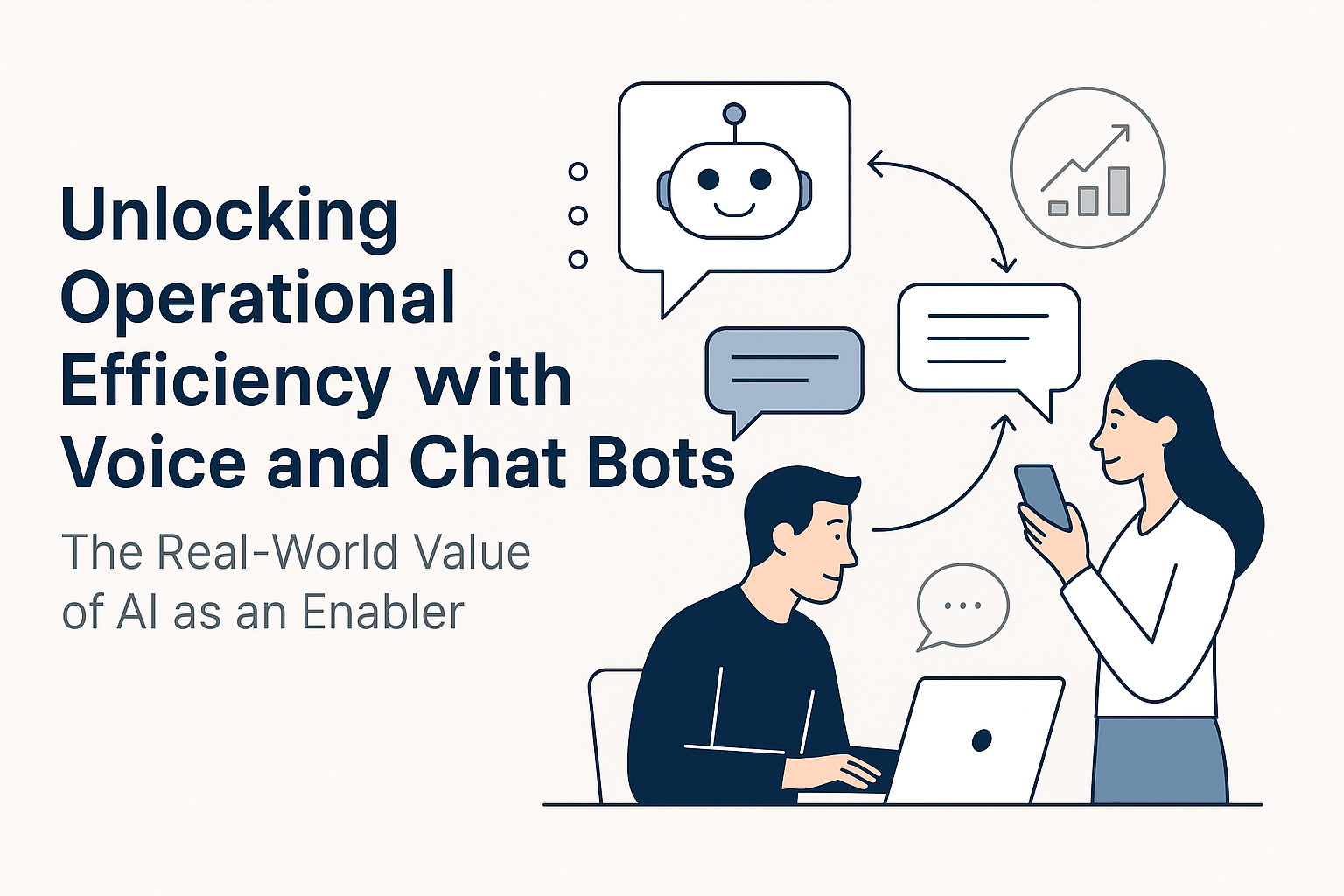While chatbots, AI assistants, and omnichannel platforms get the buzz, the humble phone call is still where business gets done, especially in customer service. It’s where problems get solved, empathy is conveyed, and relationships are built or broken. That’s why organisations looking to modernise their Contact Centre strategy should start their journey with a deeper look at what Teams Voice enables—not just in communication, but in transformation.
Where the Real Contact Happens
Let’s face it: when a customer picks up the phone, it’s not just about getting through—it’s about being heard, understood, and helped. Every call is full of data: urgency, emotion, expectations, decisions. Voice is the richest source of insight—and yet often remains untapped in digital transformation efforts.
Teams Voice changes that. When integrated into a modern Contact Centre environment, it acts not just as a communication tool but as a data pipeline—capturing critical moments that can power everything from agent coaching to predictive analytics.
When voice is unified with Microsoft’s cloud and AI stack, it becomes more than a channel. It becomes a strategic enabler of real-time intelligence, performance, and automation across the Contact Centre.
Phase 1: Start Your Contact Centre Evolution with Teams Voice
Here’s why Teams Voice should be the starting point—not the afterthought—for Contact Centre transformation:
- It’s already embedded: Teams is already the central collaboration hub for many organisations. Adding telephony and routing through Teams Voice builds on familiar ground, with minimal friction for users.
- It creates a launchpad for customer service automation: Teams Voice integrates seamlessly with AI tools like Copilot, voice bots, and real-time transcription engines, enabling automation at key moments in the customer journey.
- It supports end-to-end customer context: From the moment a call is made, metadata, sentiment, and conversation threads can be captured, analysed, and linked to CRM and ticketing systems—breaking silos and improving first-call resolution.
- It opens the door to Agent Assist and proactive support: Real-time AI prompts, knowledge base suggestions, and emotion detection can help agents resolve issues faster and with more confidence.
- It’s the start of the AI journey: Whether using Microsoft Copilot for internal tasks or deploying voice bots via platforms like Botario, the first step is capturing customer voice data cleanly and securely. Teams Voice is that entry point.
Phase 2: Build Confidence Internally
So what comes next once Teams Voice is in place? The transformation doesn't stop with crystal-clear calling and cloud-based routing. It expands into layers of AI enablement that redefine how contact centres operate.
Before putting AI in front of customers, organisations must get comfortable using it behind the scenes. This includes:
- Using Microsoft Copilot to summarise call notes, draft follow-ups, and create real-time coaching moments.
- Empowering support teams to streamline internal processes like IT queries and HR support using Botario-powered workflows.
- Training staff to understand AI’s role not as a replacement—but as a performance multiplier.
This stage builds trust, exposes pain points, and develops a culture of experimentation—setting the foundation for outward-facing innovation.
Phase 3: Transform the Customer Journey
Once internal readiness is high, it’s time to infuse customer interactions with intelligent automation:
- Deploy chat and voice bots for Tier 1 support and common queries.
- Use Agent Assist tools to surface knowledge and workflows in real time.
- Leverage live transcription and summarisation to accelerate wrap-ups and reporting.
- Apply post-call sentiment analysis to identify coaching opportunities and improve service quality.
At this stage, Teams Voice is no longer just the carrier of the conversation—it’s the source of real-time insight that empowers better experiences and faster outcomes.
Phase 4: The Critical Role of Integration
None of the above works in isolation. The power of AI in the Contact Centre only becomes transformational when it is fully integrated across the business:
- Syncing voice interactions with CRM platforms like Dynamics or Salesforce ensures every conversation is logged and contextual.
- Linking to ticketing systems like allows AI to initiate, escalate, or close support cases based on call data.
- Using Power Platform flows or Graph API integrations connects the dots between customer contact and operational response.
When Teams Voice is part of an integrated ecosystem, voice data becomes actionable—fueling predictive support, proactive engagement, and real-time resolution.
Phase 5: Agentic AI: The Future of the Contact Centre
The final step in this journey is where AI stops simply assisting and starts acting.
Welcome to the age of Agentic AI—where systems can:
- Log calls and outcomes into CRM without human input.
- Trigger follow-up emails or satisfaction surveys automatically.
- Route unresolved sentiment alerts directly to supervisors.
- Flag patterns and initiate pre-emptive service measures.
In this future, AI doesn’t just enable the agent—it behaves like a digital team member, reducing cognitive load and improving performance across every customer touchpoint.
And yet, none of it is possible without starting at the right place: Voice.
The Five-Step Contact Centre Journey
To recap, here’s the transformation journey forward-thinking organisations are taking:
- Teams Voice – Establish unified, intelligent calling as the foundation.
- Internal AI Adoption – Build confidence with Copilot and workflow automation.
- Customer-Facing AI – Deploy bots, Agent Assist, and real-time tools.
- Integration – Connect voice to CRM, ERP, and ticketing platforms.
- Agentic AI – Enable systems to act, not just observe.
Don't Just Enable Calls—Enable Change
Modern Contact Centres are under pressure to do more with less: deliver seamless omnichannel service, scale personalisation, and integrate AI without losing the human touch.
Teams Voice is the strategic starting point that makes all of this achievable. It’s where trust is built, where insight is captured, and where the AI journey begins.
So, when planning your next Contact Centre upgrade, don’t start with bots or workflows. Start with voice. And ask:“What can we build on top of this over the next 12–18 months?” Because the future of customer service doesn’t just speak—it listens, learns, and acts.
.png)
